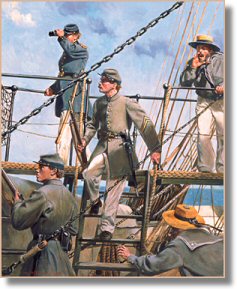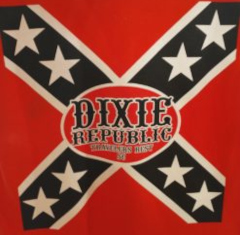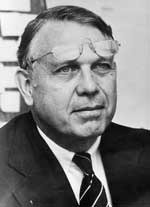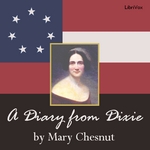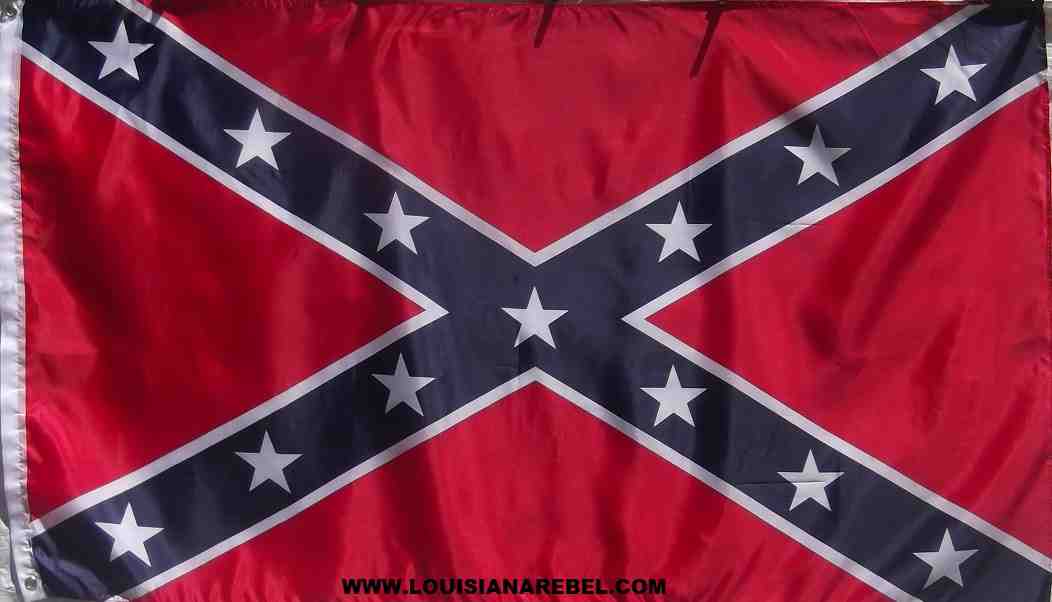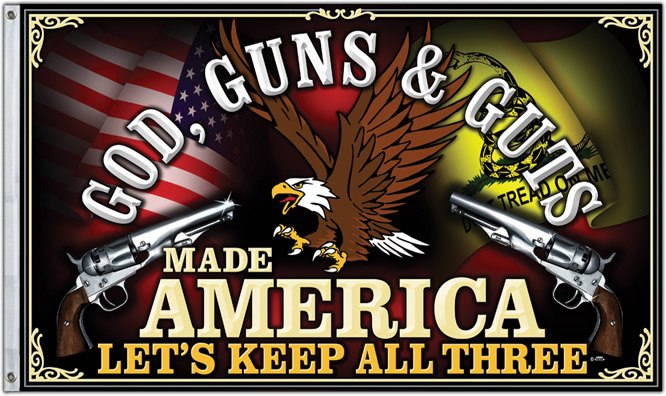Marine Corps Biography
The Confederate States Marine Corps
Every sea going country in the world has had a Marine Corps. These “soldiers of the sea” have written their names down in the annals of time and covered
themselves with glory and honor and are recognized as being the elite services of the world. The Royal Marines and The United States Marines are two of the better known branches and their history but there was a second American Marine Corps.
On 16 March 1861, the Confederate States Congress, meeting in Montgomery, Alabama voted to establish a Marine Corps and set it’s authorized strength as
46 officers and 944 enlisted men, a strength that the Corps never reached in it’s brief existence. The Corps was organized into permanent companies, three of which were based in Virginia. Headquarters was established at Drewry’s Bluff, a naval strongpoint which commanded the approach to Richmond by the James River. Camp Beall, named in honor of the Commandant Colonel Lloyd Beall, served as the training and administrative headquarters for the Marine Corps from 1862 until 2 April 1865.
The mission of the Confederate Marine Corps was similar to that of the Federal Marine Corps in that it was tasked with providing detachments for all war ships and commerce raiders, guarding the Naval yards as well as shore batteries. As the quality of these Marines came to the front, their duties were increased to include manning the main guns on both ships as well as the shore batteries as well as serving as landing force and sharpshooters. Marines from Company A also were part of the crew of the ironclad CSS VIRGINIA ( formerly the USS MERRIMAC ) during its historic battle with the USS MONITOR in Hampton Roads, Virginia.
Some of the installations that the Marines also served at was at the Naval Ship Yards at Gosport , Virginia, Charleston, South Carolina, Savannah, Georgia, and Wilmington, North Carolina. Marines also served at Fort Fisher as well as the Batteries at Pensacola , Florida, Hilton Head, South Carolina, and Drewry’s Bluff, Virginia.
The Confederate Marines fought in the defense of Richmond and was part of the Army of Northern Virginia as it pulled out of the Petersburg trenches and in it’s retreat to Appomattox. They fought hard and distinguished themselves at the Battle of Saylor’s Creek and were surrendered at Appomattox Court House on 9 April 1865 along with the Army of Northern Virginia.
While many of the officers of the Confederate Marines were former US Marines, the commandant was not. Commandant Colonel Lloyd H. Beall was a former US Army paymaster who was based at St Louis, Mo. When the South seceded from the Union , he did what many Southern officers did- “went South”. Though born in Rode Island, he identified with the South. He was appointed by Confederate Secretary of the Navy , Stephen R Mallory as the Commandant of the Marine Corps. Beall, had no experience as a Marine, but was an able and hard working administrator and worked hard to insure that the CSMC got the supplies, personnel and training that was needed to make the Marines an equal to their Northern counterparts. Because of his efforts, the Marine Corps had gained a distinguished reputation as being some of the best combat troops of the Confederate States Armed Forces.
Unfortunately, not much is left of the history of the CSMC. Beall, who lived in Richmond, Virginia after the war, kept almost all the records in his home. These records along with his own personal documents , were destroyed in a fire. In a fitting irony, Commandant Beall passed away on the anniversary of the establishment of the United States Marine Corps- 10 November 1887.
The battle honors of the Confederate Marine Corps include the Appomattox Campaign (1865 ) , the Peninsula Campaign (1862)
Butler’s Bermuda Hundred Campaign, Defense of Fort Fisher, Wilmington, North Carolina, Richmond.
Uniforms and Ranks
While there are no known published Confederate Marine dress regulations, there is enough photographic and written evidence to give a reasonable picture of the Marines.
Officers
The standard officer cover was the French kepis. These caps were different colors, but the standard seems to be grey and blue with peaks and chinstraps of black leather. These covers were worn by the officers.
The coats were the universally grey frock coats with two rows of seven brass buttons each. The Army’s rank insignia : one , two and three collar stripes for second lieutenant to captain; one , two, three stars from major to colonel and gold Austrian knots on each sleeve-one braid for lieutenant, two for captain, and three for field grade officers. Many of these coats were grey, but there were a significant number that had dark blue collars and pointed cuffs as well as the US Marine Corps officer’s gold Russian shoulder knots.
The trousers were usually dark blue although one pair were sky blue with a black welt down the seam.
The fatigue dress were also blue color and made out of flannel or denim material. Vests were also worn and these were made with a standing collar, three or four slash pockets and nine small brass buttons down the front .
The marine buttons, which were made in England, were brass , plain, bearing the Roman letter “M” on the face, there was no unique marine Corps belt plate design.
Enlisted
Enlisted men wore dark blue French style kepis with black peaks and chinstraps and brass side buttons.
The regulations also indicated that enlisted men were to receive two uniform coats and four fatigue jackets during his enlistment and the cloth was to be grey.
Both coats and jackets were worn- Marines were seen in jackets near Richmond in 1864, but the longer frock coat seems to have been the standard.
Theses goats were grey and trimmed in black around the collar and the cuffs and was made of linen flax or for senior NCOs silk. Each coat bore a single row of seven brass buttons bearing the Roman letter “M” on it’s face and it reached to just above the knee.
The rank was indicated by the use of black chevrons worn with the points up, unlike their army counterparts who wore their chevrons with the points down.
The stripes were the same as in the army – corporal was indicated by two stripes, sergeant / three, 1st sergeant had a diamond in the center with three stripes, three stripes and ties were a quartermaster sergeant and a sergeant major wore three stripes and three arcs under .
The trousers were dark blue for winter and white cotton for summer.
Both blue and grey flannel shirts were worn as outer garments in hot climates. White cotton shirts were also worn under the coats along with a leather stock which was worn over the collar and under the frock coat.
Weapons
Marines were issued 1853 British Enfield type rifled muskets in 1862 as the standard , but like their brothers in the Army, they used what ever was available to them ranging from altered flint lock muskets to captured US .58 caliber Springfield or copies of them. Marine NCOs also were issued Army swords along with bayonets, scabbards, cap box, cartridge boxes, knapsacks as used in the British Army.
Side arms were captured Colt 1860 Navy revolvers and the Le Mat revolvers. The Le Mat, designed by a Southerner , held nine .42 caliber pistol rounds which revolved around a .20 gauge smoothbore shotgun barrel ,( This was General J.E.B. Stuart’s personal weapon as well.) and was good for the close in fighting that could occur on a ship during a boarding. It was considered by the Confederate Navy to be of poor quality .
Much of this information was gleaned from several web sites on the CSMC . The uniform information was from the MEN AT ARMS SERIES:
AMERICAN CIVIL WAR ARMIES 3: SPECIALIST TROOPS. By Philip Katcher and Ron Volstad. Published by Osprey Military Publishing LTD, 1986

